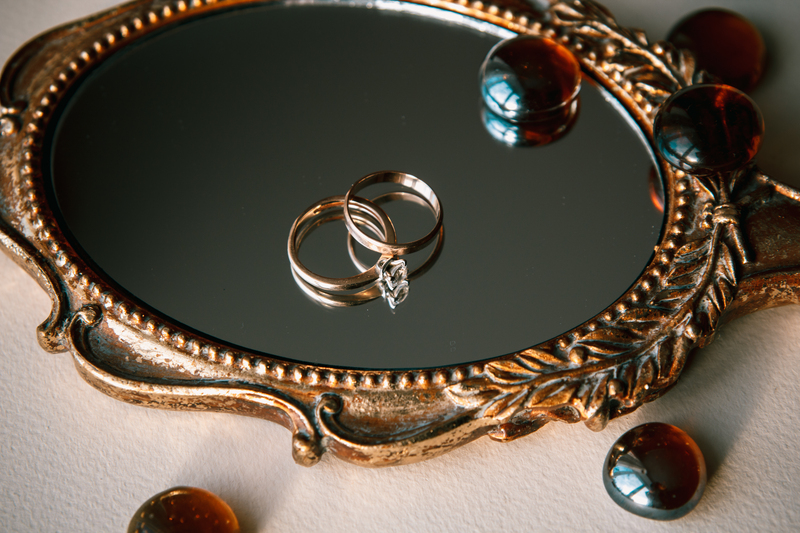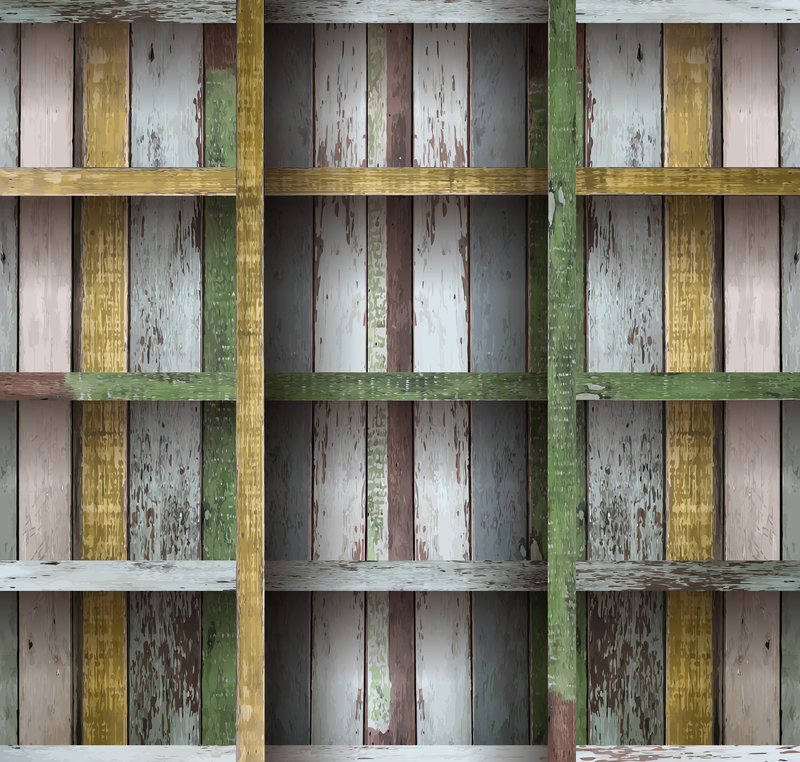Your Guide to Transforming Trash into Functional Works of Art
Have you ever gazed at a discarded piece of plastic, a worn-out tire, or a broken chair and thought, "Could this be something more?" Every day, millions of tons of rubbish are tossed away without a second thought. But what if you could transform this apparent waste into beautiful, functional works of art? Welcome to the world of creative upcycling, where trash gains new purpose and artistic expression! In this comprehensive guide, we'll equip you with inspiring ideas, practical tips, and step-by-step instructions to turn everyday waste into masterpieces that are as useful as they are eye-catching.

Why Transform Trash into Functional Art?
The concept of converting trash into functional artworks isn't new, yet it's never been more relevant. With global waste levels surging and environmental concerns on the rise, more people are seeking sustainable solutions. Upcycling--reimagining and repurposing discarded items--is one way to reduce landfill waste, protect our natural resources, and nurture your creativity at the same time.
- Environmental Impact: Upcycling minimizes landfill use, reduces pollution, and conserves resources.
- Cost Savings: Creating items from what you already have saves money.
- Creative Growth: The process encourages imagination and problem-solving skills.
- Unique Results: You get truly original, one-of-a-kind pieces.
Are you ready to begin your journey? This guide on turning trash into unique, functional art will show you how!
What Counts As Trash?
Before diving in, let's define what qualifies as trash for upcycling purposes. Trash doesn't always mean something dirty or unusable--it could be anything that's considered waste or has outlived its original purpose. Popular starting materials for creating functional art from trash include:
- Plastic bottles and containers
- Glass jars, bottles, and windows
- Old textiles (clothes, sheets, curtains)
- Bottle caps, pull tabs, and lids
- Broken furniture
- Wooden pallets
- Discarded metal parts and tools
- Car tires
- Paper and cardboard
- Electronic waste (circuit boards, wires)
With imagination, even the most unremarkable items can become priceless pieces of functional art!
Essential Tools and Supplies for Transforming Trash
A successful upcycling project depends not just on materials, but also on having the right tools and supplies. Here's a list to get you started:
- Cutting tools: Scissors, utility knives, saws
- Adhesives: Glue guns, super glue, epoxy, wood glue
- Pliers and wire cutters: For manipulating metals and wires
- Paint and brushes: To give a fresh, creative look
- Sandpaper: For smoothing surfaces
- Measuring tape/ruler: For accurate sizing
- Fasteners: Screws, nails, clips, and ties
- Protective gear: Gloves, masks, safety goggles
You don't need to own a workshop--just a few basic tools, your chosen trash, and a spark of creativity!
Inspirational Ideas: Functional Art from Trash
1. Furniture from Discarded Wood and Pallets
Old pallets and discarded wood pieces are popular in functional art. With some sanding, sawing, and reassembling, you can create:
- Coffee tables and benches
- Bookshelves and racks
- Wall-mounted storage units
- Nightstands from stacked crates
Tip: Always check the condition of wood (look for signs of rot), treat it for pests, and seal it for longer life.
2. Lamps and Lighting from Bottles and Cans
Glass bottles, tin cans, and plastic containers make excellent materials for unique lighting solutions. Try:
- Wine bottle pendant lamps (by drilling a hole through the bottom, inserting a light fixture)
- Tin can lanterns with decorative punched holes
- Mason jar fairy lights for cozy ambient glow
- Plastic bottle chandeliers (painted and looped together)
This not only brightens your space but also transforms overlooked trash into eye-catching art!
3. Planters from Bags, Tires, and Bottles
Give green life to old bags, car tires, or bottles by shaping them into upcycled planters. Here's how:
- Cut plastics into vertical wall gardens for herbs or succulents
- Paint and stack tires for robust outdoor planters
- Use old shoes or handbags as quirky pots for small plants
Bonus: Add drainage holes and paint for weather-proof, charming displays!
4. Storage Solutions from Containers and Cardboard
If you're looking for practical uses, converting trash into storage is both eco-friendly and helpful.
- Turn cans into stylish pencil holders or desk organizers
- Stack shoeboxes as modular storage drawers--cover with fabric for style
- Convert large plastic tubs into under-bed storage bins
5. Fashion Accessories from Discarded Materials
Upcycle smaller, colorful household waste to create wearable art:
- Necklaces from rolled paper beads
- Belt buckles from soda cans
- Purses made from woven snack wrappers
- Bracelets using bottle caps or pull tabs
Add a personal touch and stand out with eco-conscious style!
Step-by-Step Example: Turning a Plastic Bottle into a Hanging Planter
Ready to put theory into practice? This step-by-step project transforms a simple plastic bottle into a functional, decorative hanging planter.
Materials Needed:
- One large plastic bottle (2-liter soda or water bottle works well)
- Scissors or utility knife
- String or twine
- Potting soil and plant
- Permanent marker (optional for design)
- Paint (optional)
Instructions:
- Cut the Bottle: Mark a line about halfway down the bottle and cut around it to create an open cavity. The bottom piece will serve as the planter.
- Add Holes for Hanging: Poke or drill four evenly spaced holes near the top edge of the cut bottle.
- Insert String: Thread lengths of string or twine through each hole and tie securely. Gather the strings above the bottle and tie together, forming a loop for hanging.
- Decorate: Paint the outside for a fun look or leave it clear for a minimalist vibe.
- Plant: Add soil and your chosen plant. Water as needed.
- Hang: Choose a sunny spot and show off your *functional art from trash*!
This simple project combines recycling and creativity--plus, it makes a thoughtful gift or cheerful home addition!
Safety Tips for Upcycling Trash
- Clean and disinfect items before use, especially food containers or items recovered from outdoor bins.
- Avoid toxic materials like some treated woods, certain plastics, or rusty metals--check material safety guides online.
- Use protective gear: Gloves, glasses, and masks may be necessary, particularly when sawing, sanding, or using adhesives.
- Ventilate your workspace while painting or gluing.
Your safety matters as much as your creativity!
How to Find Inspiration and Share Your Creations
Transforming trash into functional art can be *deeply rewarding and socially impactful*. Here's how you can draw inspiration and spread your work:
- Visit upcycling forums and social media groups: Facebook, Instagram, and Pinterest are full of ideas and support.
- Join local maker spaces or DIY workshops: Collaboration can spark new projects and friendships.
- Donate or sell your creations: Charity shops, community centers, and online marketplaces welcome unique, eco-friendly products.
- Teach others: Host classes or make video tutorials to inspire more people to upcycle trash into art.
Frequently Asked Questions about Transforming Trash into Functional Works of Art
Is upcycling trash cost-effective?
Absolutely! Most materials are free, and the necessary tools are basic or can be borrowed. Your only major investment is time and creativity.
Are upcycled art pieces durable?
With the right preparation--cleaning, sanding, sealing, and using robust construction methods--upcycled functional art can last for years. Think of pallet furniture, bottle lamps, and tire planters in homes worldwide!
Can upcycled art be sold?
Yes! Eco-friendly and handmade products are in high demand. Label your work as "upcycled" or "recycled art" on craft sites like Etsy, at local fairs, or via social media. Tell the story behind each piece--buyers love to know how it was made!

Conclusion: Transform Trash into Treasures!
Turning trash into functional works of art is more than a hobby; it's an act of environmental stewardship and creativity. By upcycling waste into useful items, you reduce landfill use, save money, and enrich your living space with unique, conversation-worthy pieces.
*Don't let anything go to waste--let your imagination guide you!*
- Start small, aiming to create one item from trash every week.
- Share your progress and creations online to inspire others.
- Continue learning--explore advanced techniques, new materials, and community projects.
Your guide to transforming trash into functional art is only the beginning--what you do next could change not just your home, but the world around you.
Get Started Today!
Stray bottle, battered box, or broken chair--what will you transform next? The adventure of upcycling trash into functional works of art is waiting for you!